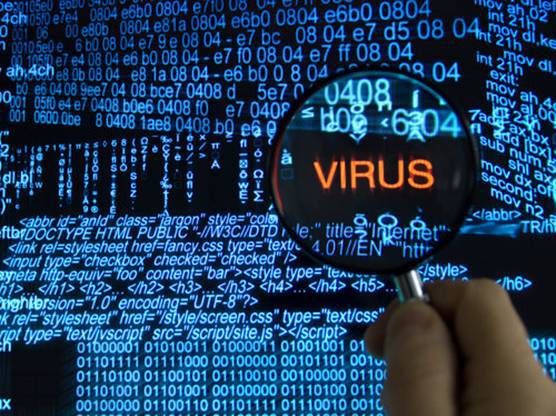Computer virus and atomic bomb birthday

Hello! Usually we try to congratulate on the anniversaries of some important memorable events. Today is one of those days, but the events associated with it are very mixed. Somehow the language does not turn to congratulate them. But we didn’t mention them wrong.
Firstly, July 16 is probably the birthday of the world's first computer virus called Elk Cloner. But the story is very muddy with this date: a number of sources indicate the numbers from July 13 to July 18, 1981, others claim that the virus was written in February 1982, and others - in July 1982. The author himself also cannot remember the exact date or even year . Confusion and reeling, no specifics. We consulted and decided that the date of July 16 is closer to us.

So, on this day, a 15-year-old
The virus was generally harmless. Every 50 downloads, he would display this rhyme on the screen of an infected computer:

Richard’s craft overwrite the backup track of the floppy disk and, if desired, could destroy all user data, but such a mechanism was not provided for in the virus.
A number of sources mistakenly call the first virus the program The Creeper, written many years before Elk Cloner. However, formally, The Creeper cannot be considered a virus, since it did not need a carrier file for distribution, it was an independent program.
This is how Richard Skrenta looks today: the

second event already definitely falls on July 16th. Ironically, you won’t miss and don’t forget that. In 1945, the world's first atomic explosion was fired at the Alamogordo training ground .
16 milliseconds since detonation:

The test was codenamed Trinity , with a blast power of about 20 kilotons. A little later, on August 9 of that year, a similar device in the form of a Fat Man bomb was dropped on Nagasaki.

After this event, the course of history has changed. It seems that everything remained the same, but now man possessed weapons of incredible power and was eager to use it. The brainchild of a team of nuclear physicists laid the foundation for a long-term arms race and launched a complex chain of events, thanks to which the world came to its present state. Today, nuclear energy makes up a significant share in the production of electricity (in Russia - about 17%). In addition, with careful handling, this is one of the most environmentally friendly technologies. And the experience of using nuclear reactors in space allows us to hope that in the next 20-30 years it will be possible to create spacecraft with much wider capabilities than the best modern models.
